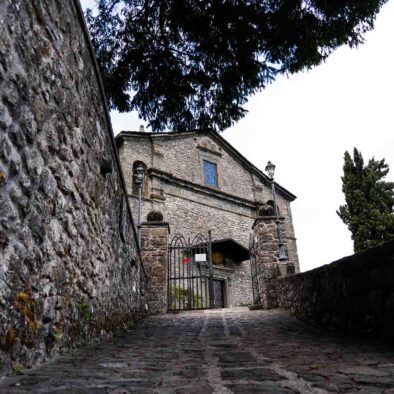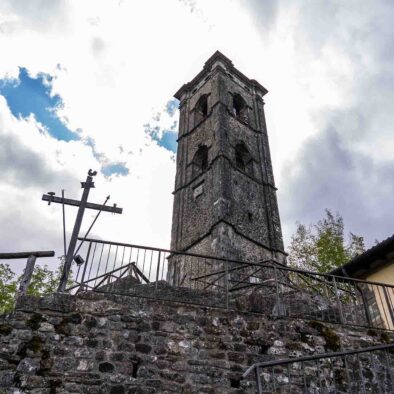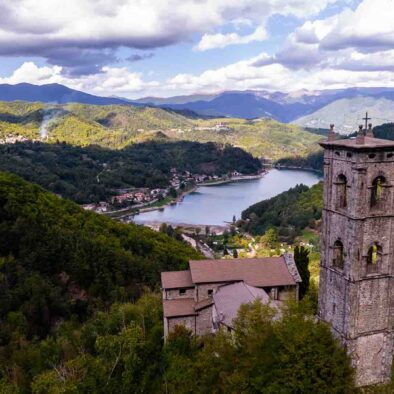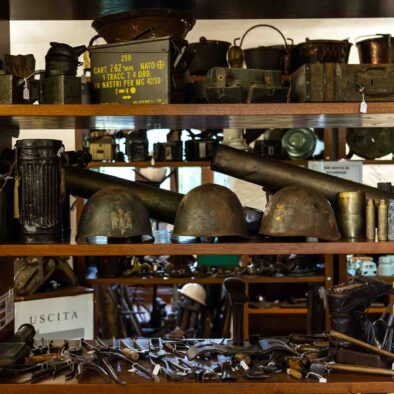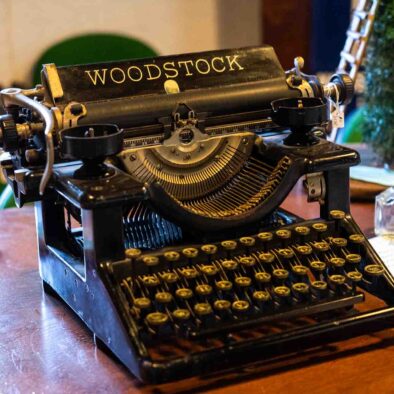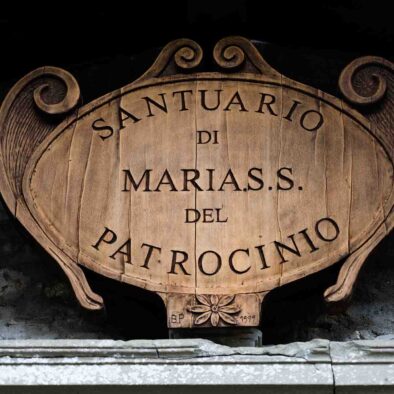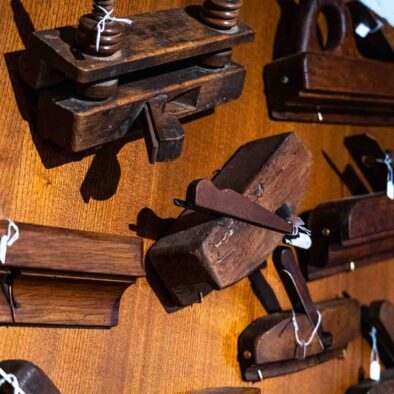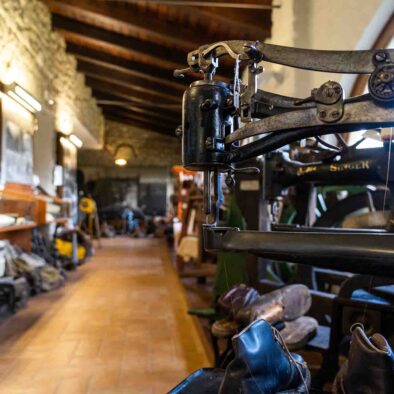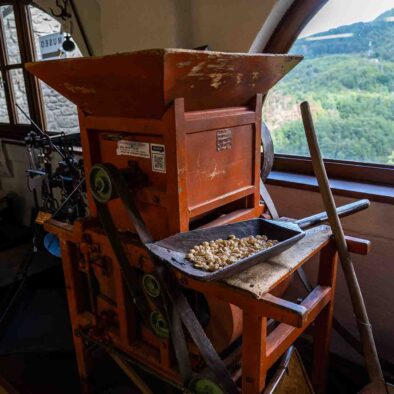Olimpio Cammelli museum & the old church of Gorfigliano
Archaeological site of the Castle The site where the castle of Gorfigliano stands has been subjected to several archaeological excavation campaigns aimed at understanding the settlement dynamics of the early medieval villages. The hill on which the site stands – today called the old church – probably saw the birth of a peasant village in the eighth century, forming part of a territorial organization of the manorial type from the Lombard age. The village seems linked to the growth of the cultivation of new chestnut groves.
In the 997th century, the existence of a castle as a possession of the Cunimondinghi is documented, which reveals the development of a local lordship (one of the main Garfagnana noble families) linked to the castle and dominating the village and the territory. The castle, in this phase of the Middle Ages, assumed an important aggregating function for the settlement of the area as can be seen from the size of the site which has been highlighted by excavations and archaeological research. In the 12th century, in the phase of maximum expansion of the lordly power, there was a considerable expansion and renewal of the castle (tower and walls) with the construction of the tower transformed, in 1762, into the bell tower still visible on the top of the hill. In this phase, the church of Saints Giusto and Clemente, mentioned in the 13th century, also had to be built. The village developed around the tower along the slopes of the fortified hill.
The castle remained, in fact, after the feudal phase, always under the domination of Lucca while, in the religious context, its church dedicated to S. Giusto and S. Clemente belonged to the Diocese of Luni and to the Pieve di S. Pietro di Castello (currently Piazza al Serchio). It is documented in the tithes of the end of the XIII century, in the Estimi of 1470 and in the pastoral and apostolic visits of Lomellini in 1568 and of Peruzzi in 1584.
However, in the 18th century it was completely restructured in the local Baroque style. Strongly damaged by the 1920 earthquake and subsequent demolitions, the church and the village were abandoned.


